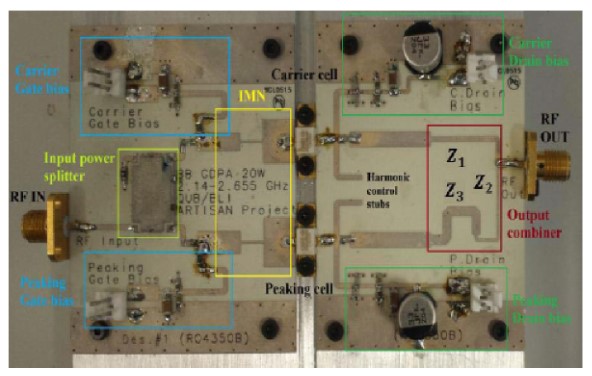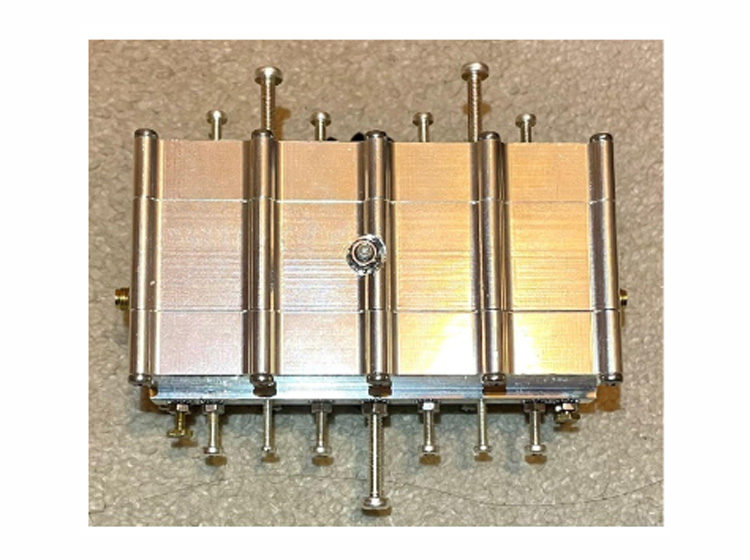Filters are essential to virtually all communication systems. Even though the fundamental principles of the operation of filters have been known since the second part of the 20th century, practical filter design still draws a great deal of attention from RF engineers and academia. Such is the significance of filters.
Of particular importance to modern filter design is not only excellent electrical performance, but also size and volume. This is principally true for filters operating at the lower end of the frequency spectrum (e.g., 700 MHz), where their physical volume and weight pose significant challenges to network equipment manufactures. In this regard, the need for excellent electrical performance inevitably increases the filter size. Consequently, RF filters tend to occupy a significant volume of a number of communication devices. In particular, cavity filters are still the mainstay in mobile cellular communication base stations, by virtue of their power-handling capabilities, cost effectiveness, good electrical performance (medium to high quality factor) and technological maturity. However, the attractive features of cavity filters are counterbalanced by an increased physical size and, equally importantly, weight. The bulky size can be alleviated at the expense of reduced electrical performance. For example, capacitive loading and a stepped resonant post are often deployed to reduce resonator profile, albeit at the expense of performance. Helical resonators can also be used to address the issue of bulky size.
The frequency range of filters that my work focuses on is from 1 GHz to 150 GHz. Of particular importance to the filter design of my work is miniaturization with little or no impact on performance. As evidenced in my broad patent and publication portfolio, I have contributed to the knowledge and applications of a wide range of filters – from cavity to ceramics.




Leave a Reply